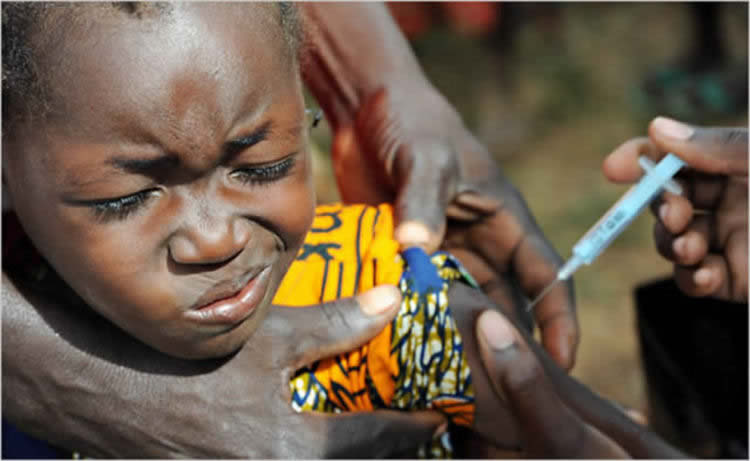The Sunday Mail

 Government rolls out immunisation programmes every three to five years, to prevent the spread of curable diseases
Government rolls out immunisation programmes every three to five years, to prevent the spread of curable diseasesZimbabwe’s immunisation rate remains low at 69 percent, although there has been an increase from about a decade ago when it stood at 57 percent.
According to health experts; anti-vaccination campaigners, some apostolic sects and homeopathy believers are contributing in keeping the immunisation rate low.
This has contributed to the country’s high under-five mortality rate which stands at 57 deaths per 1 000 live births, according to the Multiple Indicator Cluster Survey (2014).
The infant mortality rate is 55 deaths per 1 000 live births while the neo-natal mortality rate is 291 deaths per 1 000 live births.
The World Health Organisation (WHO) has said that an 80 percent immunisation threshold will ensure that outbreaks are averted, thereby reducing the child mortality rate.
The director of epidemiology and disease control in the Ministry of Health and Child Care, Dr Portia Manangazira, bemoaned the ignorance potrayed by some sections of society with regards to immunisation.
“For improved performance, we need a fully strengthened health delivery system to implement the ‘reach every district/child’ strategy,” she said.
While some parents have resisted immunisation programmes, arguing that their children develop some side-effects after immunisation, health experts say it is normal and an indication of the effectiveness of the vaccine.
“Vaccines depend on a functioning immune system to become effective (sero-conversion). Therefore some discomfort may be the body’s way of acknowledging the stimulation in readiness for full protection from the natural infection,” explained Medicines Control Authority of Zimbabwe director-general, Ms Gugu Mahlangu.
“Most vaccine reactions are usually minor and temporary, such as a sore arm or mild fever. The benefits of vaccination greatly outweighs the risk of reacting.”
The United Nations Children’s Fund (Unicef) acting country representative, Dr Jane Muita, also allayed the fears.
“Immunisation is very safe. WHO and Unicef always ensure that vaccines are absolutely safe before recommending their use to prevent diseases. Health workers are trained to administer vaccines to ensure safety and to avoid any adverse effects such as vaccine-induced illnesses and vaccine-related deaths,” she said.
“However, if a child reacts badly following vaccination, it has to be reported and thoroughly investigated.”
She added that immunisation is a very cheap and effective way of preventing diseases that can be very fatal. “Immunisation averts a lot of suffering, financial loss and loss of life,” Dr Muita said.
Children go through numerous vaccinations. Those under the age of five are currently being immunised against tuberculosis, polio, rotavirus, rubella, diphtheria, tetanus, haemophilias, hepatitis B, meningitis, measles, whooping cough and pneumonia. Human-papillomavirus vaccine has also been added to the list for girls aged between nine and 13 years. Government holds mass immunisation programmes after every three to five years.
The large numbers of unvaccinated children in remote areas led to a 2009 measles outbreak that claimed more than 630 lives.
Apostolic Christian Council of Zimbabwe president, Archibishop Johannes Ndanga, expressed concern over the issue and commited to conduct awareness prorammes.
“As an association, we continue to hold awareness campaigns and emphasise on the importance of having our children immunised,” he said. Immunisation is the process of making a person immune or resistant to an infectious disease, typically by the administration of a vaccine. Vaccines stimulate the body’s own immune system to avoid infection. Pneumonia and diarrhoea are the biggest killers of children under the age of five in Zimbabwe.
Due to immunisation, some diseases are no longer perceived as a threat. For example, Zimbabwe last recorded cases of polio in 1993.



